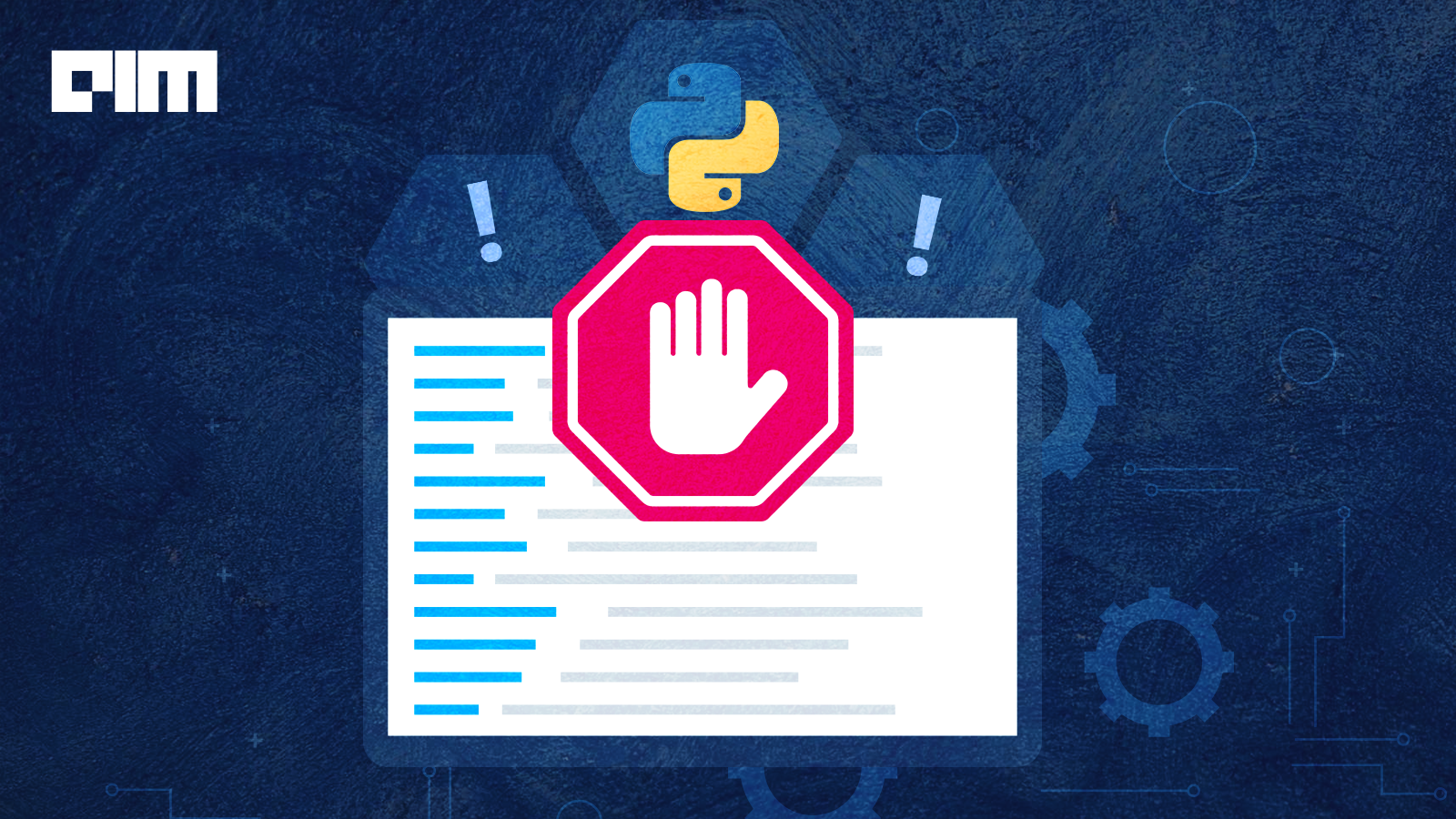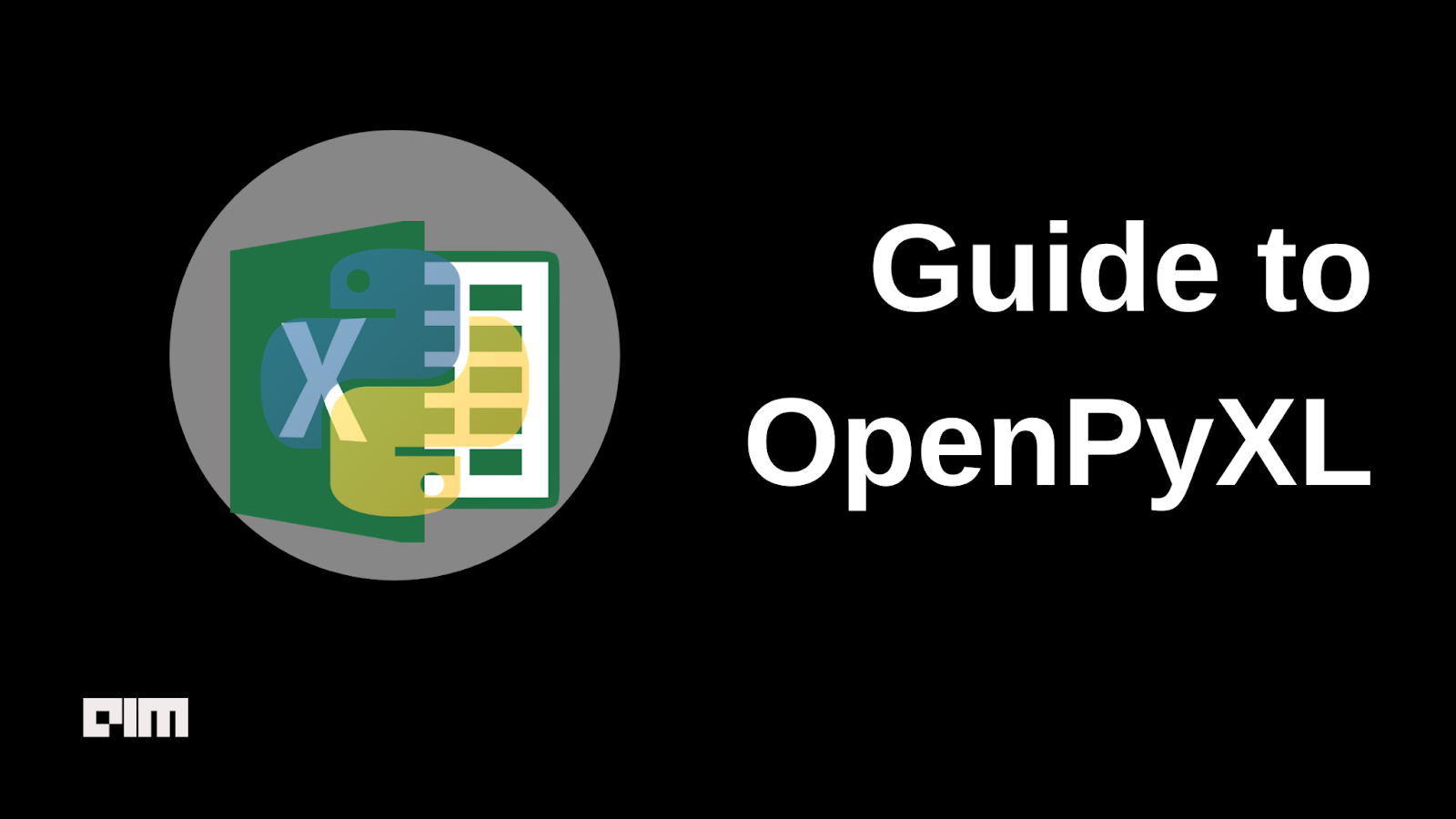
Python 3.9 vs Python 3.10: A Feature Comparison
In this article, we will compare the features of two of the most recent versions of the Python programming language, Python 3.9 and Python 3.10, with their respective examples and try to explore what is different and new.































